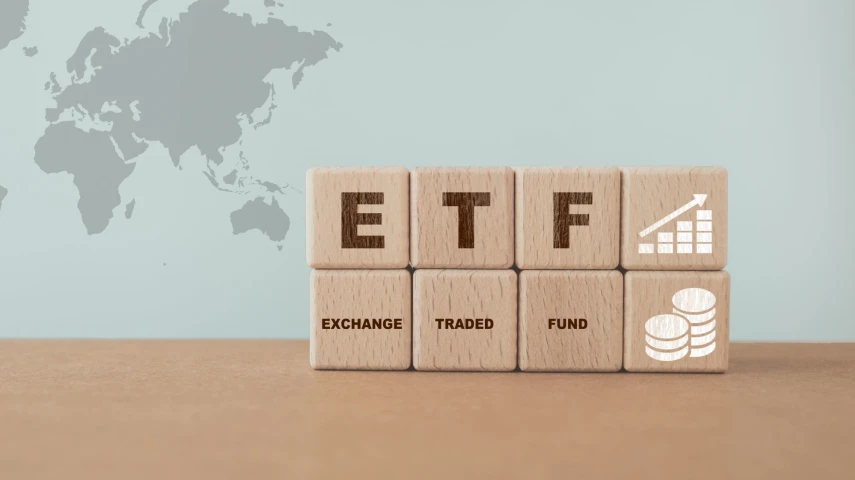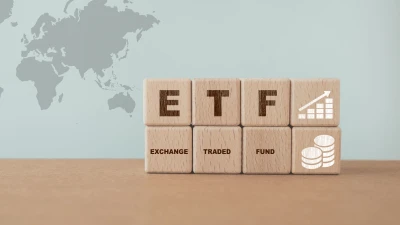Fixed income to drive ETF growth over next decade



While fixed income ETFs have lagged behind their equity counterparts, Vanguard’s chief executive expects the asset class to underpin ETF growth in the coming years.
State Street’s report The outlook for ETFs in 2024, which used insights from a survey of over 500 professional investors which State Street co-sponsored, shared the investment outlooks of key executive commentators.
According to firm, fixed income ETFs made up one-third (34 per cent) of flows in 2023, which is expected to rise further in 2024.
“Old is new, if you will. Fixed income, one of the oldest asset classes out there, will drive the growth of ETFs in the next decade,” remarked Tim Buckley, Vanguard chief executive.
“The penetration of fixed income into the ETF structure has lagged way behind equities, it’s probably a decade behind. Equity penetration to ETFs is 50 per cent more than that of fixed income, so we expect that in the next decade for fixed income to close that gap and make it into ETF form and into client portfolios.”
Buckley has been the international chief executive of the investment giant since 2018 but will be stepping down at the end of 2024 after more than 30 years at the business.
Tim Helyar, State Street’s country head for Australia, also projected fixed income to be a key generator of domestic ETF growth alongside equities.
“Based on our discussion with ETF issuers in the country, we believe most of the local growth will still come from equity and fixed income passive ETFs, which are the core strategies in advisor, retail and institutional investor portfolios,” he said.
Data released by the ASX and Vanguard last year found that Australian bond ETFs received $1.74 billion in the first six months of 2023 – the most cash flow of any asset class for the six-month period.
Looking at the broader ETF market, Helyar predicted Australian ETFs’ assets under management to grow approximately 30 per cent this year, compared to growth forecasts of 20–25 per cent for the global market.
In addition to fixed income, the continued growth trajectory for global ETFs will be spurred on by four key factors:
- Continued innovation by manufacturers and investors.
- Younger investors’ preference for ETFs over mutual funds.
- Investor intentions to increase portfolio allocations to ETFs.
- The expanded availability of active ETFs.
Recommended for you
Clime Investment Management has welcomed an independent director to its board, which follows a series of recent appointments at the company.
Ethical investment manager Australian Ethical has cited the ongoing challenging market environment for its modest decrease in assets over the latest quarter.
Commentators have said Australian fund managers are less knowledgeable compared with overseas peers when it comes to expanding their range with ETFs and underestimating the competition from passive strategies.
VanEck is to list two ETFs on the ASX next week, one investing in residential mortgage-backed securities and the other in Indian companies.















